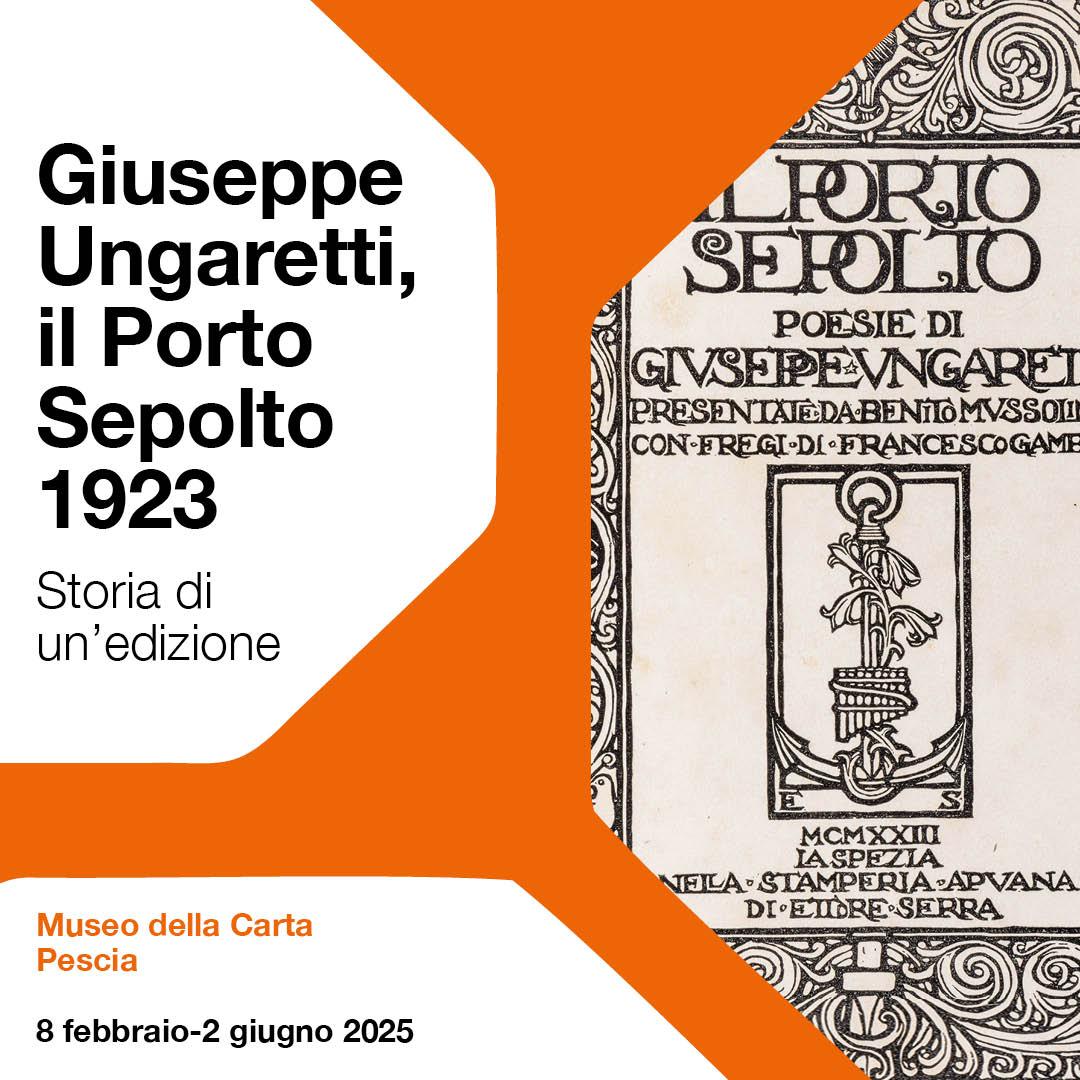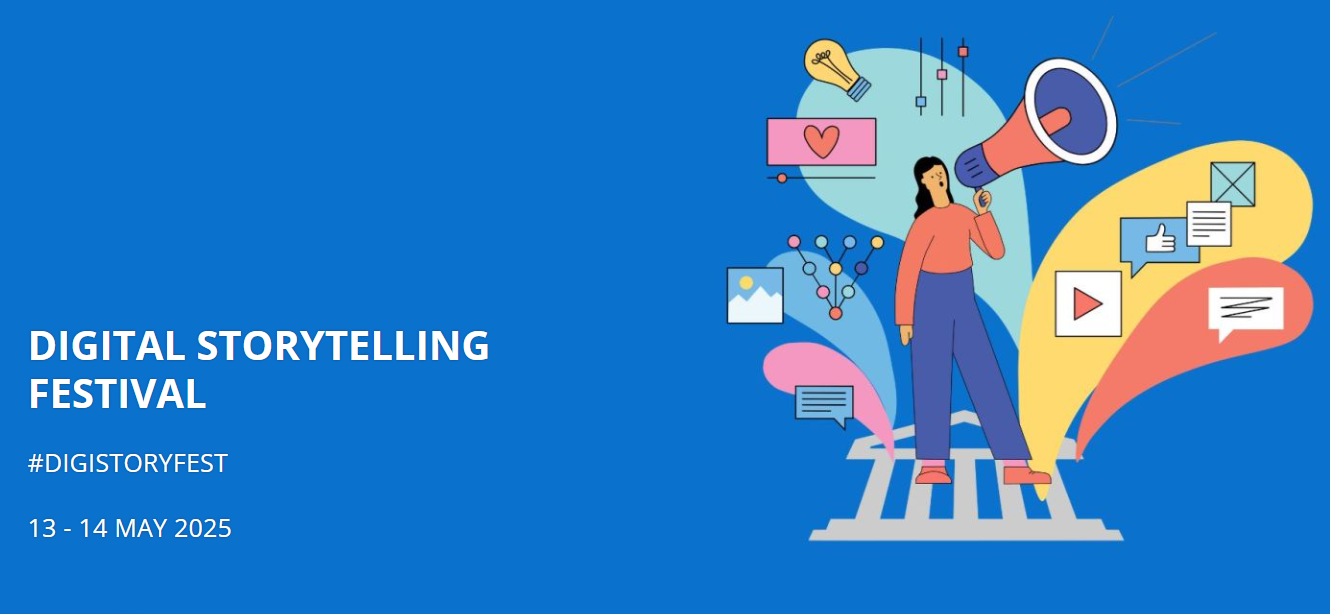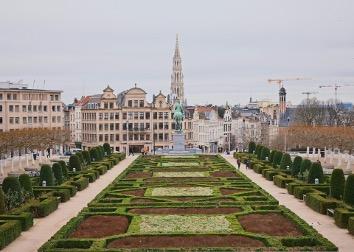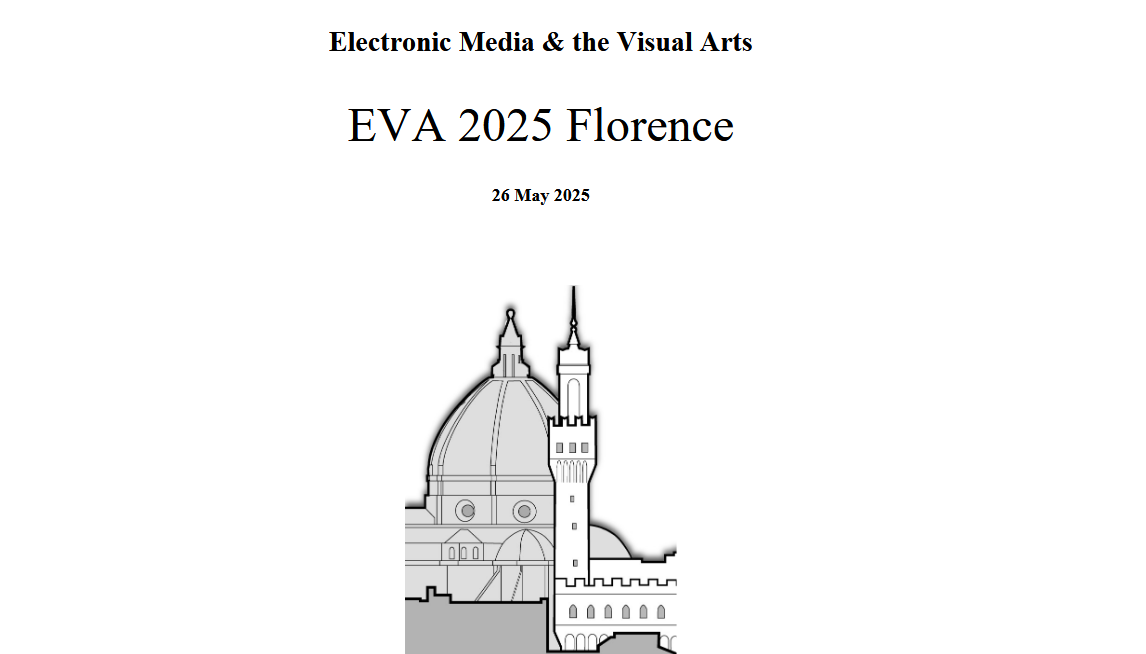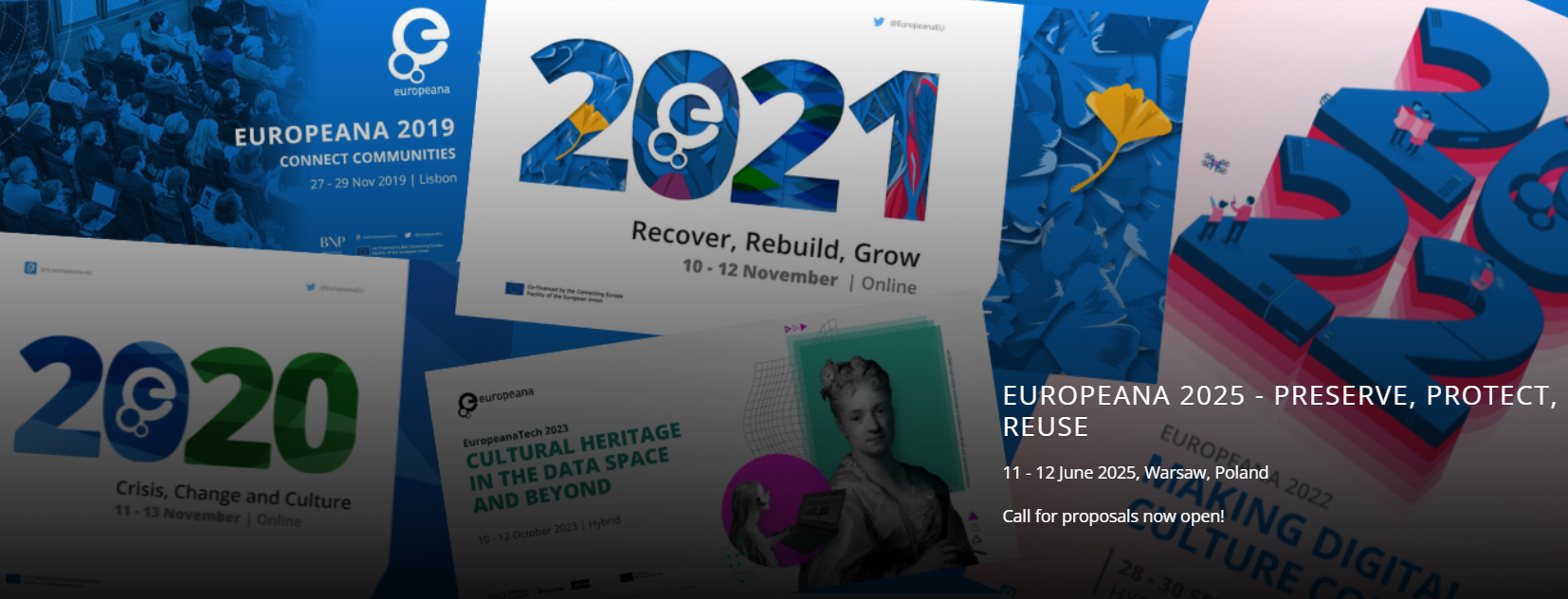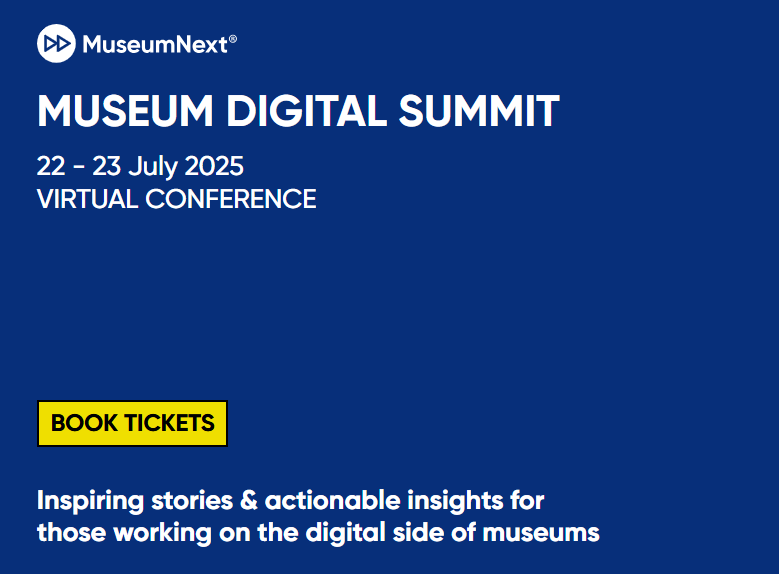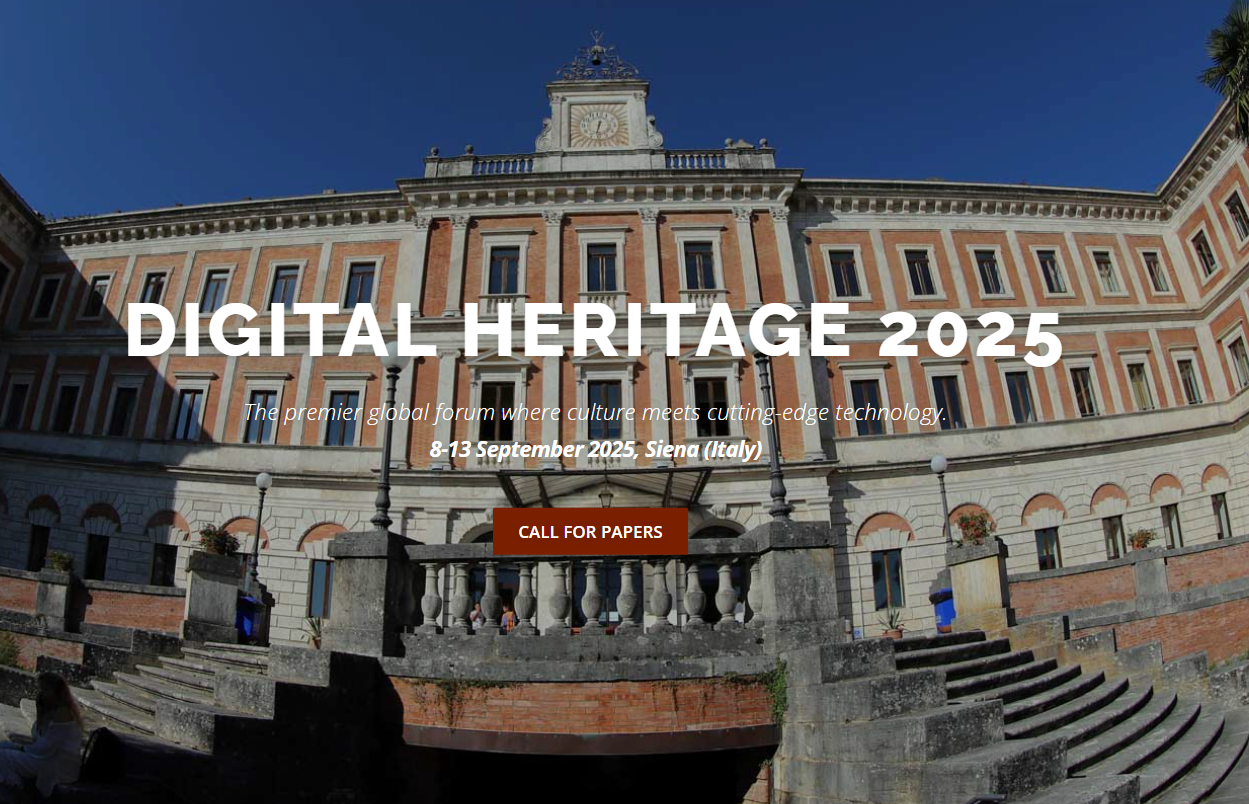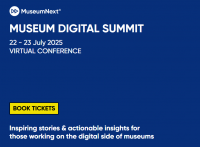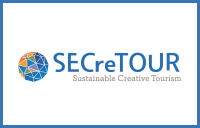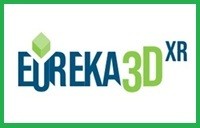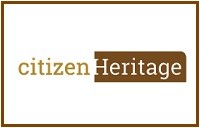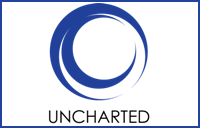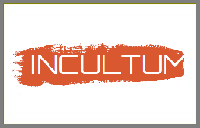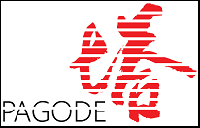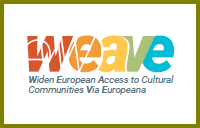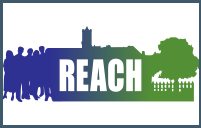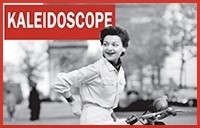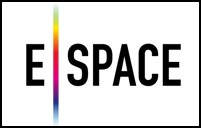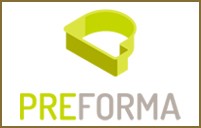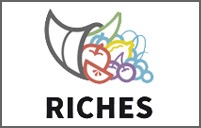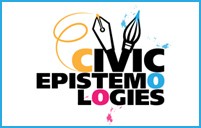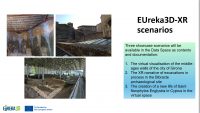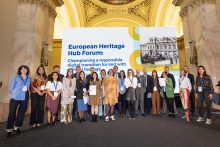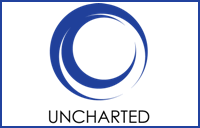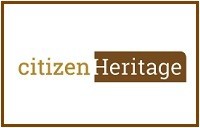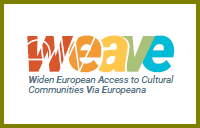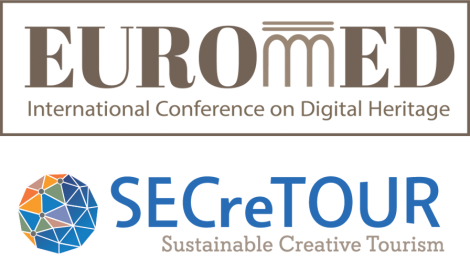
The Programme of the workshop on Cultural and Creative Tourism at the international conference Euromed2024 is available online.
The workshop is organised by the Horizon Europe SECreTour project, in collaboration with the UNESCO Chair on Digital Cultural Heritage at Cyprus University of Technology.
Cultural Heritage has always been a net attractor for tourists from ancient times (Pausanias’ Description of Greece 2nd century AD) through to the medieval pilgrimages (Codex Calixtinus: Iter pro peregrinis ad Compostellam – Pilgrim’s Guide to Santiago de Compostela 12th century AD) and from the “Grand Tour” of the 17th and 19th centuries to modern bucket list destination package deals. Figures for EU tourism in 2019 placed the value of the whole EU tourist market sector at approximately €572 billion, and that 40% of all destination selections are based on cultural offerings.
Tourism can significantly contribute to local economies, bring investment and infrastructure developments into regions and support employment. As a tool to revitalise marginalised or underdeveloped regions and promotion of cultural tourism can bring significant benefits to communities, but this is not without risk or consequences. Notably since the anthropause of the global pandemic, there has been a global backlash to tourism from local residents with high profile destinations like Venice, Italy, Mount Fuji, Japan and The Canary Islands, Spain, rethinking tourist activities and access.
This workshop aims to consider the role that Digital Cultural Heritage can play in supporting informed, responsible and sustainable Cultural Tourism from both sides the service provider and the consumer tourist.
The Book of Abstracts of the presentations delivered at the workshop is available for download >>.
Follow SECreTour online also on the SECreTour project’s website.


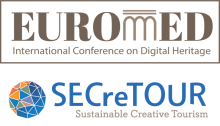
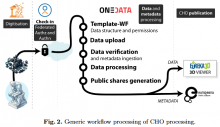
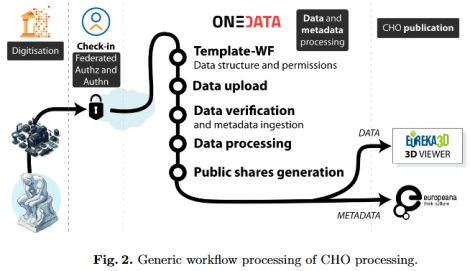
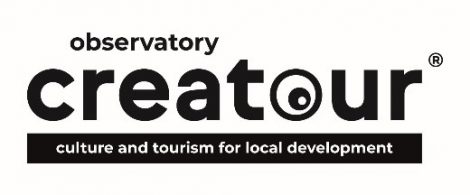
 The SECreTour project has established a new collaboration with CREATOUR® Observatory on culture and tourism for local development at the Centre for Social Studies, University of Coimbra, Portugal.
The SECreTour project has established a new collaboration with CREATOUR® Observatory on culture and tourism for local development at the Centre for Social Studies, University of Coimbra, Portugal.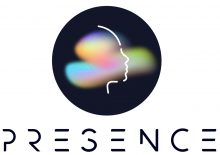
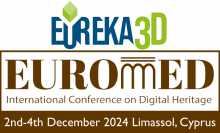

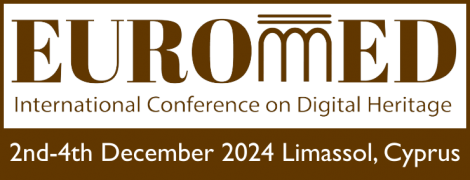
 The SECreTour project has established a new collaboration with the Centre for Dance Research
The SECreTour project has established a new collaboration with the Centre for Dance Research 
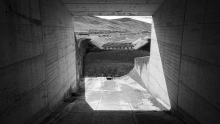
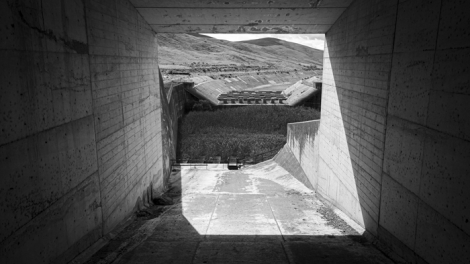

 The EOSC landscape has changed dramatically in the last year, due to a process of redesign initiated by the European Commission. The EOSC Portal, which is where researchers could find services onboarded to EOSC, is no longer available, and has been replaced by the EOSC Federation of Nodes. The EOSC Federation is re-developed in the form of multiple EOSC Nodes that are interconnected and can collaborate to share and manage scientific data, knowledge, and resources within and across thematic and geographical research communities.
The EOSC landscape has changed dramatically in the last year, due to a process of redesign initiated by the European Commission. The EOSC Portal, which is where researchers could find services onboarded to EOSC, is no longer available, and has been replaced by the EOSC Federation of Nodes. The EOSC Federation is re-developed in the form of multiple EOSC Nodes that are interconnected and can collaborate to share and manage scientific data, knowledge, and resources within and across thematic and geographical research communities.
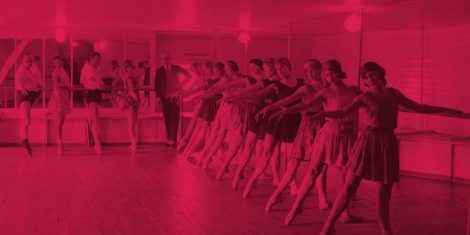
 If you have interesting news and events to point out in the field of digital cultural heritage, we are waiting for your contribution.
If you have interesting news and events to point out in the field of digital cultural heritage, we are waiting for your contribution.
